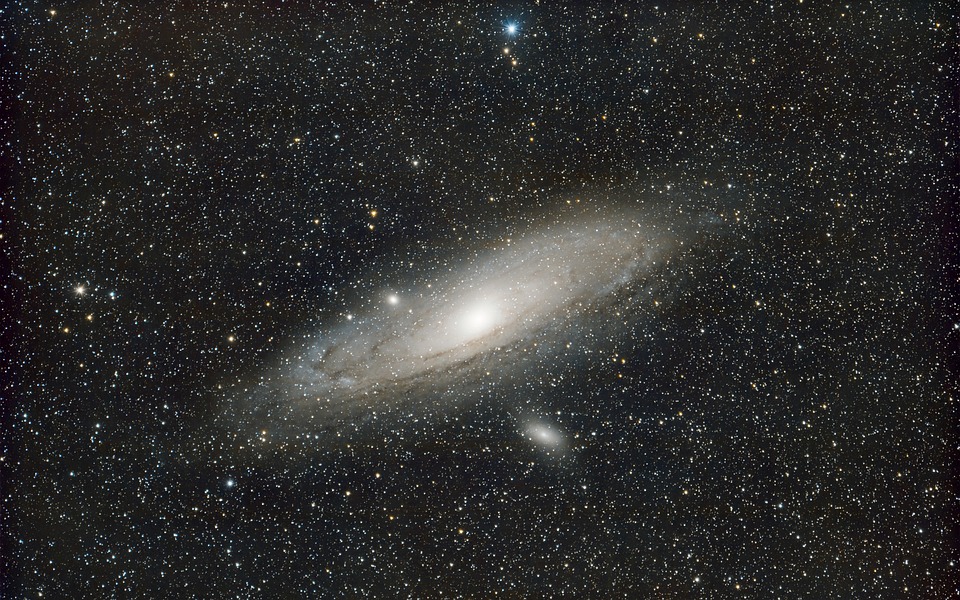In the quest to understand our place in the cosmos, the search for exoplanets—planets beyond our Solar System—has become one of the most exciting avenues of exploration. As technology advances, we’re gaining new insights into these distant worlds, some of which may host life, while others inspire questions about planetary formation and solar systems’ uniqueness. This article explores the pivotal role of space technology in discovering these new worlds, the techniques involved, and the implications of these discoveries for humanity.
The Exoplanet Boom: A Brief Overview
Since the first confirmed detection of an exoplanet orbiting a sun-like star in 1995, the field has exploded. As of now, thousands of exoplanets have been identified, and researchers think many more remain to be found. This surge in discovery has catalyzed interest in astrobiology, planetary science, and astronomy—opening the door to new possibilities about life beyond Earth.
Key Technologies and Methods
1. Space Telescopes
Space telescopes are at the forefront of exoplanet discovery. Instruments like the Kepler Space Telescope and the Transiting Exoplanet Survey Satellite (TESS) have been instrumental in identifying thousands of exoplanets. These telescopes utilize different optical methods:
-
Transit Method: This involves monitoring a star’s light for periodic dips in brightness, indicating that a planet is passing in front of it. Kepler, for instance, excelled at this method, revealing thousands of potential new worlds.
-
Radial Velocity Method: This technique measures a star’s ‘wobbling’ motion caused by the gravitational pull of orbiting planets. Instruments such as the HARPS spectrograph have helped discover many exoplanets this way.
- Direct Imaging: Advanced imaging techniques and adaptive optics allow astronomers to capture images of exoplanets directly, distinguishing them from their bright host stars.
2. Spectroscopy
Once an exoplanet is identified, spectroscopy plays a crucial role in characterizing its atmosphere. By studying the light spectrum of the star as it passes through a planet’s atmosphere during a transit, scientists can detect key compounds such as water vapor, methane, and carbon dioxide. This analysis helps determine the planet’s potential for habitability.
3. Space Missions
Upcoming missions like the James Webb Space Telescope (JWST) and the European Space Agency’s PLATO are anticipated to significantly boost our exoplanet exploration capabilities. JWST will provide unprecedented data on exoplanet atmospheres, while PLATO aims to detect Earth-like exoplanets in habitable zones of their stars.
4. Artificial Intelligence
AI and machine learning technologies are being increasingly incorporated into exoplanet research. These systems can analyze vast amounts of data from various telescopes, identifying patterns that human observers might miss. This allows for more efficient detection of potential exoplanets.
Implications for Humanity
The exploration of exoplanets carries profound implications:
-
Astrobiology: Understanding the chemical composition of exoplanet atmospheres gives insights into the potential for life beyond Earth. Are there Earth-like conditions in distant solar systems? The search goes beyond finding extraterrestrial life; it can lead to a deeper understanding of life’s resilience in various environments.
-
Planetary Formation: The diversity of exoplanets helps researchers model planetary system formation and evolution. By analyzing the characteristics of these distant worlds, scientists can refine existing theories and even draw parallels with our own Solar System.
- Philosophical Impact: Perhaps the most profound implication comes from the philosophical questions raised by the possibility of life elsewhere in the universe. Discovering another habitable world would challenge our notions of uniqueness and our role in the cosmos.
Conclusion
As we venture into this new era of space exploration, technology will continue to be our greatest ally in uncovering the mysteries of exoplanets. Each discovery brings us closer to understanding not just the nature of these distant worlds, but our own. With advances on the horizon, the quest for exoplanets is not just about finding new worlds but is a reflection of humanity’s innate curiosity and desire to explore the unknown. In this grand adventure, space technology is the vital instrument that will guide us through the darkest corners of the universe.

